Width
Front-foot Surfing vs. Back-foot Surfing: Which Are You?
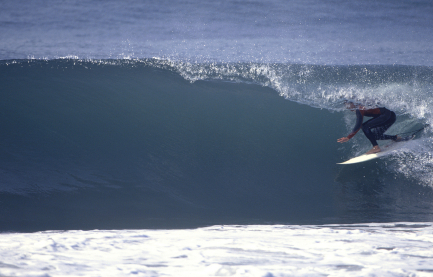 One detail you should consider when ordering your next custom surfboard design is whether you enjoy surfing off your front-foot or your back-foot. Thinking about this information will not only help you imagine different ways to surf a wave, but it will also help your shaper choose the foil for your next surfboard. Admittedly, there is some debate on the validity of the back-foot vs. front-foot theory, but SurfScience is going to arm you with the information you need.
One detail you should consider when ordering your next custom surfboard design is whether you enjoy surfing off your front-foot or your back-foot. Thinking about this information will not only help you imagine different ways to surf a wave, but it will also help your shaper choose the foil for your next surfboard. Admittedly, there is some debate on the validity of the back-foot vs. front-foot theory, but SurfScience is going to arm you with the information you need.
Perhaps the issue at hand is not whether you are a back-foot or a front-foot surfer, but how you want to surf. If you want to aggressively attack a wave’s lip and apply more force to your surfboard’s fins to blow the fins out the back and get more spray, then you need a shape that will accommodate vertical, pivotal, back-footed surfing. If you’re more interested in drawing long lines in a wave and taking a smoother arc at the wave’s lip, then a front-footed surfboard is more for you. If both sound appealing, then ask your shaper how you can have the best of both worlds with your next custom surfboard.
As with most surfboard design characteristics, personal preference and feel will dictate what you should ride. One thought to consider is the location of the surfboard’s widepoint. Forward widepoints will generally facilitate rail turns, projection and trim. This requires more weight on the front foot and will feel better to front-footed surfers. Widepoints on the back half of the surfboard require more weight on the back foot to facilitate tighter turns, powerful cutbacks, and aggressive top turns. As a rule, they feel better for back-foot surfers.
One theory suggests the equipment dictates surfing style. A good example is a surfer focusing on the flatter, fastest section of his surfboard. If that part of the board is near the tail, then the surfer will naturally shift his weight to that area to maximize drive, speed, and maneuverability. If the fast part of the surfboard is under the rider’s front foot, then it will naturally draw his focus and weight up front. This may not be the surfer’s preferred style, but he instinctually rides the surfboard how it demands to be ridden.
While some people in the shaping community are unsure of the front-foot vs. back-foot argument, it does have its share of believers.
“I’m a front-foot surfer,” tells shaper John Keyes of Encinitas Surfboards. “That means I have more of my weight on my front foot when I surf. You gotta have more width upfront on your surfboard. If it’s too narrow upfront the board won’t perform at the highest level and it can bog through turns. A back-foot surfer can handle a narrower nose.”

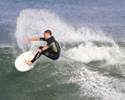

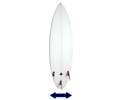


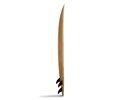





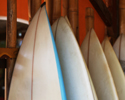
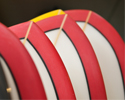
2 Comments